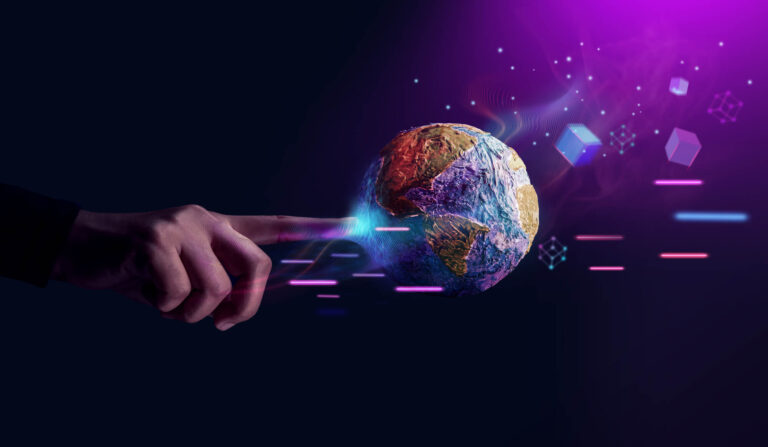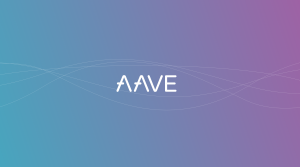Web3 refers to a new type of Internet based on decentralized technology, where users have more control over their data, identity, and digital assets. It represents the evolution of the Internet from a centralized, server-based model to a decentralized, peer-to-peer model. In essence, Web3 seeks to shift power away from centralized authorities, such as corporations and governments, and toward individual users.
Key to Web3 is blockchain technology and the opportunities and benefits it brings. Decentralized applications (dApps) running on smart contracts can be used for decentralized finance (DeFi), giving users direct control over their financial assets. Non-fungible tokens (NFTs) represent ownership of assets that can be displayed in the metaverse or used in phygital goods that exist simultaneously physically and virtually. New types of governance models are applicable as Decentralized Autonomous Organizations (DAOs). Overall, these technologies aim to create a more transparent, secure, and censorship-resistant Internet ecosystem.
Evolution of the web
The evolution of the internet can be divided into several phases, commonly referred to as "webs." Here's a general timeline outlining the development of the internet. The times given are only rough estimates and can vary depending on what metrics are taken into account:
- Web 0 (1969-1980s)
This refers to the earliest stage of the Internet, before the introduction of the World Wide Web. It was a network used for academic and military purposes. Examples include the ARPANET and early email systems. - Web 1 (1980s-2000s)
Often referred to as the "read-only" web, Web 1.0 was characterized by static web pages and limited interactivity. Content was created and controlled by a few centralized sources. Examples include early sites like Yahoo!, AOL, and Geocities, where users consumed information but didn't contribute or create content. - Web 2 (2000s-2010s)
This is the phase of the Internet we're most familiar with today. It's characterized by dynamic web pages, user-generated content, social media, and interactive web applications. It enabled greater collaboration, participation, and sharing among users. Examples include platforms such as Facebook, YouTube, Wikipedia, and Twitter, where users can create, share, and interact with content. - Web 3 (2010s - today)
This is the emerging phase of the Internet that aims to decentralize control, increase privacy, and enable peer-to-peer transactions using blockchain technology. Web 3 aims to give users more ownership over their data and digital assets, reduce reliance on intermediaries, and create a more secure and censorship-resistant internet. Examples include blockchain-based platforms such as Ethereum, DeFi protocols like Uniswap or MakerDAO, NFT technology, the metaverse, and decentralized social networks. - Web 4 (future)
Is a speculative and possible future evolution of the Internet. This could be an AI-driven Internet with significant AI integration into the user experience. AI systems will play a more central role in managing and curating content, personalizing user experiences, and facilitating interactions. The experience is also likely to be more immersive, leveraging technologies such as virtual reality (VR) and augmented reality (AR). These create a highly interactive and immersive online experience that goes beyond traditional web browsing and interaction. The first steps are being taken with Apple vision pro, which offers VR experiences in everyday life while connected to the Internet.









